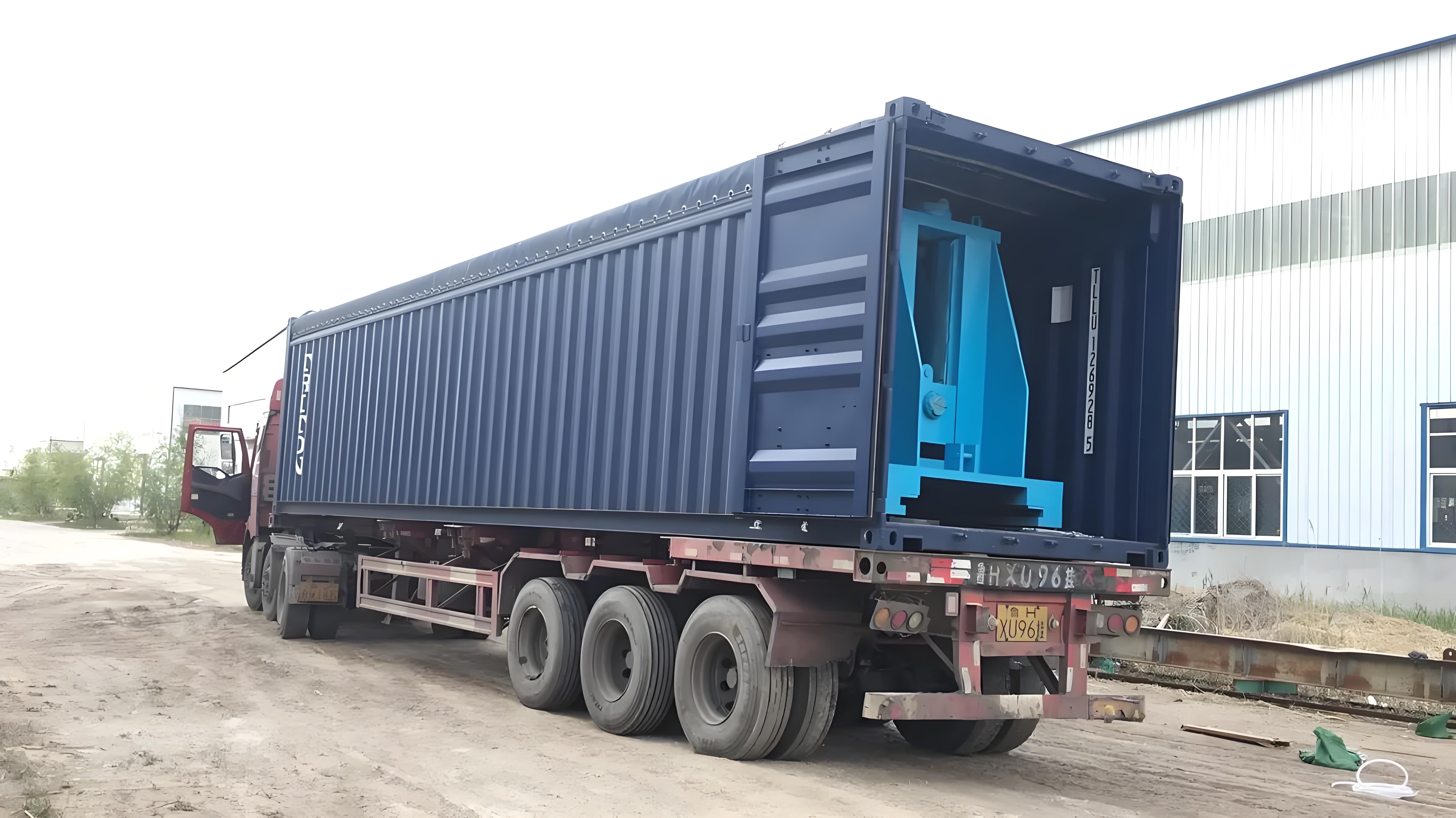When you’re running a pipe manufacturing business, every second counts. Downtime, rejected products, or inefficient testing processes can quickly eat into profits. That’s why choosing the right pipe hydrotester for your production line isn’t just about ticking a safety box — it’s about improving productivity, consistency, and long-term reliability.
1. Understand Your Pipe Specifications
Before even looking at different models, you need to define what kinds of pipes your facility produces.
Are you testing small-diameter stainless steel tubes or large carbon steel pipes for the oil and gas industry?
The pipe’s diameter range, wall thickness, and length will determine the machine’s pressure capacity and clamping design.
For example, a hydrotester designed for thin-walled pipes might not handle heavy-duty gas transmission pipes safely. Choosing a model that aligns perfectly with your product range ensures accurate results and minimizes the risk of damage.
2. Choose Between Manual, Semi-Automatic, and Fully Automatic Models
Production lines vary in automation levels. If your factory runs a high-volume, continuous line, a fully automatic hydrotester is the way to go. It can handle testing, pressurizing, and draining without manual input, dramatically reducing labor costs and human error.
For smaller-scale operations or facilities testing diverse pipe sizes, a semi-automatic or manual hydrotester might be more flexible and budget-friendly.
Ask yourself: do you need speed or adaptability? Your answer will guide you toward the right model.

3. Look for Precision and Data Recording
Modern pipe hydrotesters are more than just pressure machines — they’re smart testing systems.
The best ones come with digital pressure sensors, automatic control panels, and data recording functions. These features help you:
-
Maintain consistent testing pressure and timing.
-
Generate digital records for certification and traceability.
-
Detect even the smallest leaks or deformations before shipment.
Having a traceable digital record also helps you build credibility with customers who demand quality assurance documentation.
4. Prioritize Energy Efficiency and Water Reuse
Sustainability isn’t just a buzzword anymore — it’s a requirement. Look for hydrotesters that come with closed-loop water systems or water recycling technology. This not only reduces water consumption but also lowers your operational costs over time.
Similarly, modern hydraulic systems are designed to minimize energy loss during testing. Over hundreds of cycles, this efficiency can add up to significant savings.
5. Choose a Reliable Manufacturer with Global Support
Finally, remember that the machine itself is only part of the equation. Reliable after-sales support, spare parts availability, and training can make a big difference.
Choose a manufacturer with proven experience in your industry — whether that’s oil & gas, construction, or general steel pipe manufacturing. A good supplier doesn’t just sell you equipment; they become a technical partner who helps you optimize your entire testing process.
Final Thoughts
Selecting the right pipe hydrotester isn’t just about technical specs — it’s about aligning your testing process with your production goals. The right equipment will not only guarantee pipe integrity but also enhance production efficiency, reduce costs, and boost customer satisfaction.